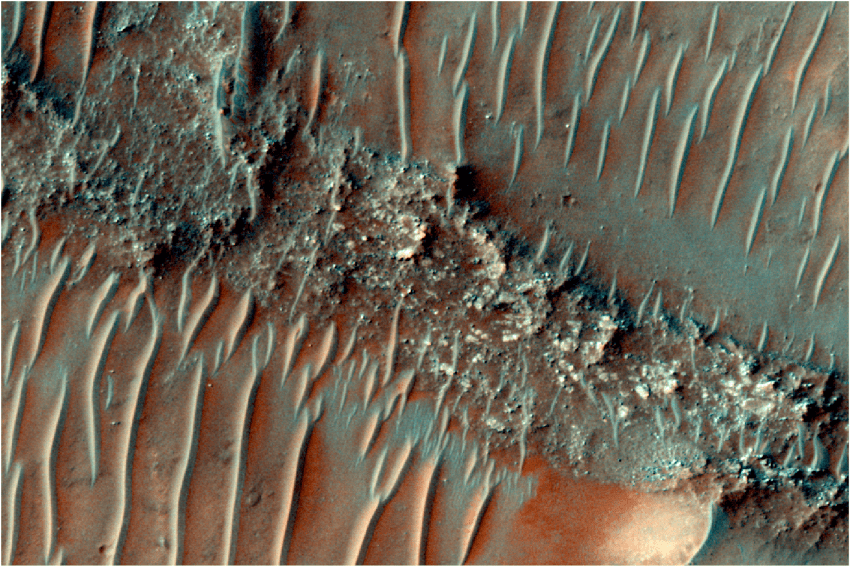A team of astronomers has uncovered thousands of kilometers of ancient riverbeds in the southern highlands of Mars, including the little-known region of Noachis Terra. This discovery stands as one of the most compelling confirmations yet that the Red Planet was once far wetter than previously believed.
The findings were presented at a meeting of the Royal Astronomical Society in Durham, UK. These revelations offer fresh insight into the evolution of Mars’ climate and the possibility that conditions suitable for life existed in the planet’s distant past.
The researchers examined high-resolution images captured by the Mars Reconnaissance Orbiter and Mars Global Surveyor probes. Their observations covered nearly 6.5 million square kilometers—an area larger than the surface of Australia. Special focus was given to the Noachis Terra region, which had remained largely unexplored until now.
Through detailed image analysis, scientists identified numerous geological formations shaped by flowing water. Over time, river sediments mineralized and became exposed through erosion. Some of the discovered channels stretch for several dozen kilometers, while others form networks extending up to 160 kilometers. The total length of these identified channels is nearly 16,000 kilometers.
Researchers believe the arrangement and distribution of these structures indicate they were sustained by precipitation—either rain or snow—implying that Mars once had a denser atmosphere, a warmer climate, and an active water cycle. According to the team, these favorable conditions must have lasted long enough to allow for the development of stable, extensive river systems.
Source: Royal Astronomical Society, The Guardian, dzienniknaukowy.pl










